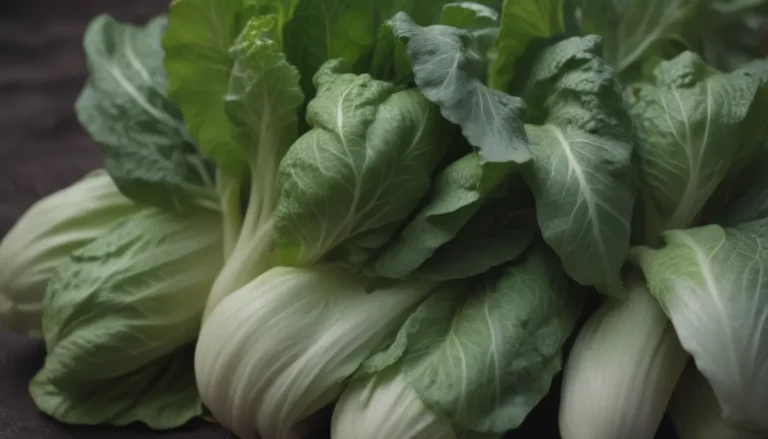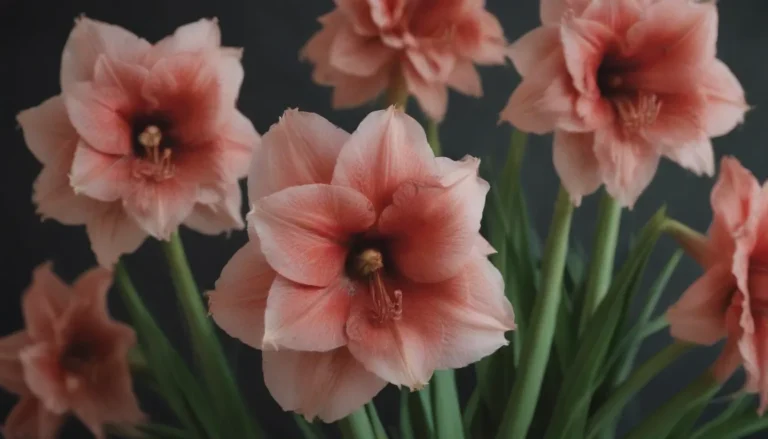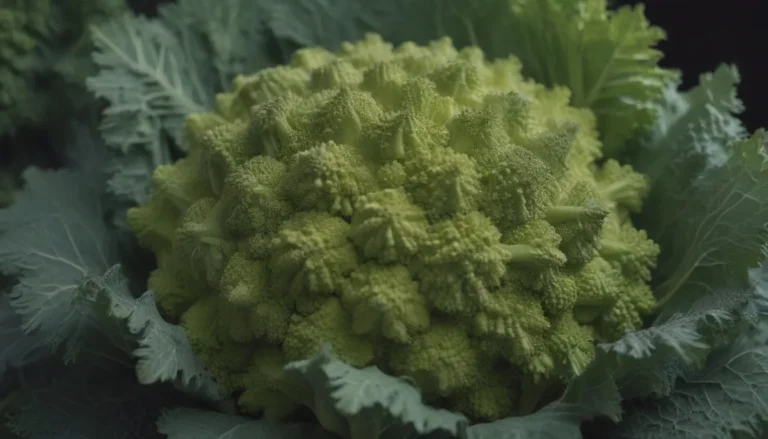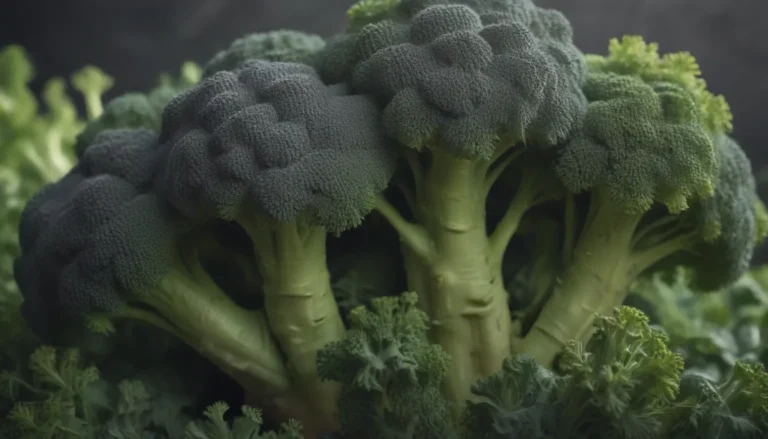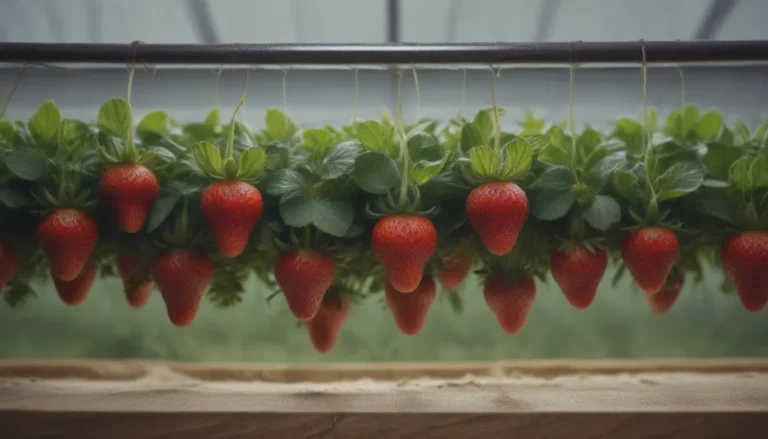The Comprehensive Guide to Tomato Leaves Turning Purple
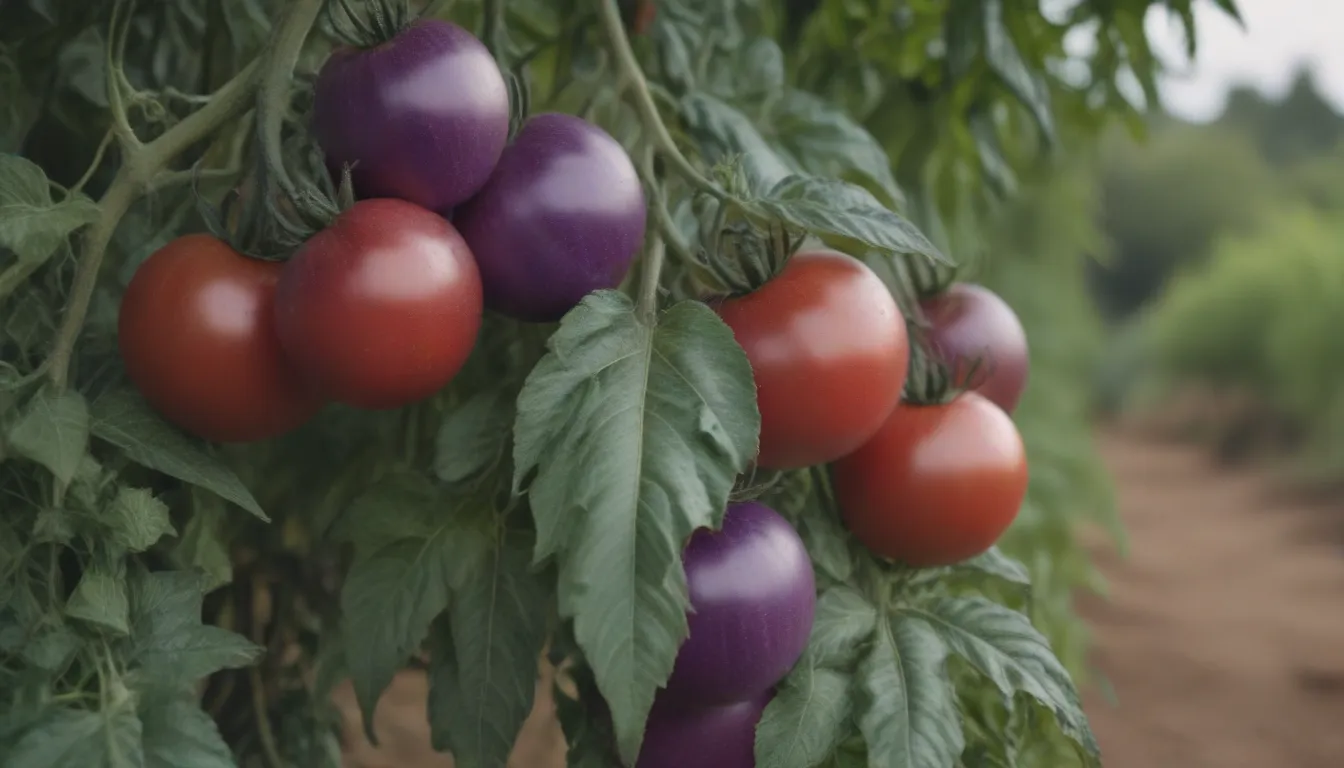
If you’ve ever noticed your tomato plant’s leaves turning purple, you may have wondered what causes this phenomenon. While some tomato varieties naturally have purplish foliage, such as the ‘Indigo Rose’ which yields antioxidant-rich purple fruits, there are several reasons why your tomato leaves may be changing color. Let’s delve into the various causes, treatments, and prevention methods for this issue to help you maintain healthy and vibrant tomato plants.
Understanding Potassium Deficiency in Tomato Plants
One common reason for tomato leaves turning purple is a potassium deficiency. Potassium plays a vital role in facilitating photosynthesis, the process through which plants harness energy from the sun. When tomato plants are grown in cold soil, especially during the early stages of development, they may struggle to absorb an adequate amount of potassium. As a result, their leaves may exhibit hues of purple or yellow.
Symptoms of Potassium Deficiency:
- Purple or yellow leaves
- Stunted growth
- Reduced flowering and fruit production
Treatment:
To address potassium deficiency in tomato plants, it’s crucial to provide them with a fertilizer high in potassium. Opt for fertilizers like sulphate of potash, tomato feed, or organic potassium sources derived from sugar beet processing to boost potassium levels in the soil and promote healthy leaf development.
Dealing with Phosphorus Deficiency in Tomato Plants
In addition to potassium deficiency, tomato plants may also experience phosphorus deficiency, particularly in cool and wet soil conditions. Phosphorus deficiency can cause tomato leaves to turn either purple or dark green, accompanied by symptoms such as stunted growth, necrotic spots, and leaf cupping. Older leaves are more likely to exhibit these signs.
Symptoms of Phosphorus Deficiency:
- Purple or dark green leaves
- Stunted growth
- Necrotic spots and leaf cupping
Treatment:
To combat phosphorus deficiency in tomato plants, consider using fertilizers like superphosphate or bone meal to supply the necessary phosphorus for healthy leaf development and overall plant growth.
Addressing Leaf Burn Due to Light Exposure
Another factor that can lead to purple leaves on tomato plants is light exposure. Depending on the type of grow light used and the tomato variety, leaves may turn reddish or purple, become pale and sunburned, or appear curly and crispy. This can occur when seedlings are exposed to excessive light or placed too close to the light source.
Symptoms of Light Burn:
- Red or purple leaves
- Pale and sunburned appearance
- Curly and crispy leaves
Treatment:
To prevent light burn on tomato plants, adjust the light intensity and distance from the plants as needed. Additionally, consider using a spray-on fertilizer designed for seedlings to provide essential nutrients for healthy leaf development without causing burn issues.
Managing Viral Infections in Tomato Plants
Viral infections can also contribute to the discoloration of tomato leaves, leading to symptoms such as rolled leaves or yellowing. Common viruses like tomato yellow leaf curl virus and curly top virus can be transmitted by pests like whiteflies and beet leafhoppers, respectively.
Symptoms of Viral Infections:
- Cupped or pale green leaves
- Yellow edges or purplish veins
- Stunted growth and fruit production
Treatment:
If your tomato plants are affected by viral infections, consider using row covers to protect them from pests that transmit the viruses. In the case of severe infections, remove and destroy affected plants to prevent the spread of the disease to healthy plants in your garden.
Identifying and Preventing Insect Infestations
Insect infestations can also cause issues for tomato plants, with pests like Garden springtails posing a threat to young seedlings. These tiny insects can create small holes in the leaves of tomato plants, impacting their overall health and growth.
Symptoms of Insect Infestations:
- Small holes in leaves
- Dark purple insects with yellow spots
- Forked, tail-like appendages on insects
Prevention:
While it’s generally not necessary to treat tomato plants for Garden springtails, keeping an eye on your plants and maintaining healthy growing conditions can help prevent infestations and protect your tomato crop from potential damage.
Tips for Preventing Tomato Leaves from Turning Purple
In addition to addressing specific issues like nutrient deficiencies, light exposure, and pest problems, there are general steps you can take to prevent tomato leaves from turning purple and promote overall plant health.
Prevention Methods:
- Plant tomatoes in containers to avoid soil-related issues
- Wait to plant tomatoes until after the threat of late spring freezes has passed
- Use fertilizers and amendments to maintain balanced soil nutrient levels
- Monitor light exposure and adjust grow lights as needed for optimal plant growth
By following these preventive measures and addressing potential issues promptly, you can help your tomato plants thrive and minimize the risk of leaf discoloration and other problems.
Conclusion
In conclusion, tomato leaves turning purple can be a sign of various underlying issues ranging from nutrient deficiencies to viral infections and insect infestations. By understanding the causes, symptoms, and treatments for these problems, you can take proactive steps to maintain healthy tomato plants and ensure a bountiful harvest. Remember to monitor your plants regularly, provide them with the necessary care and nutrients, and address any issues promptly to promote optimal growth and productivity in your tomato garden.
For additional resources and information on tomato plant care, refer to the following sources:
– Missouri Botanical Garden – Visual Guide: Tomato Foliage Problems
– Royal Horticultural Society – Nutrient Deficiencies
– Million Gardens Movement – Tomato Tips and Tricks
– Home & Garden Information Center | Clemson University – Tomato Leaves Rolling?
– Colorado State University Extension – Recognizing Tomato Problems
– CT.Gov – Tomato Lycopersicon
By staying informed and proactive in caring for your tomato plants, you can enjoy a successful and rewarding gardening experience while growing delicious and healthy tomatoes in your own backyard. Happy gardening!
